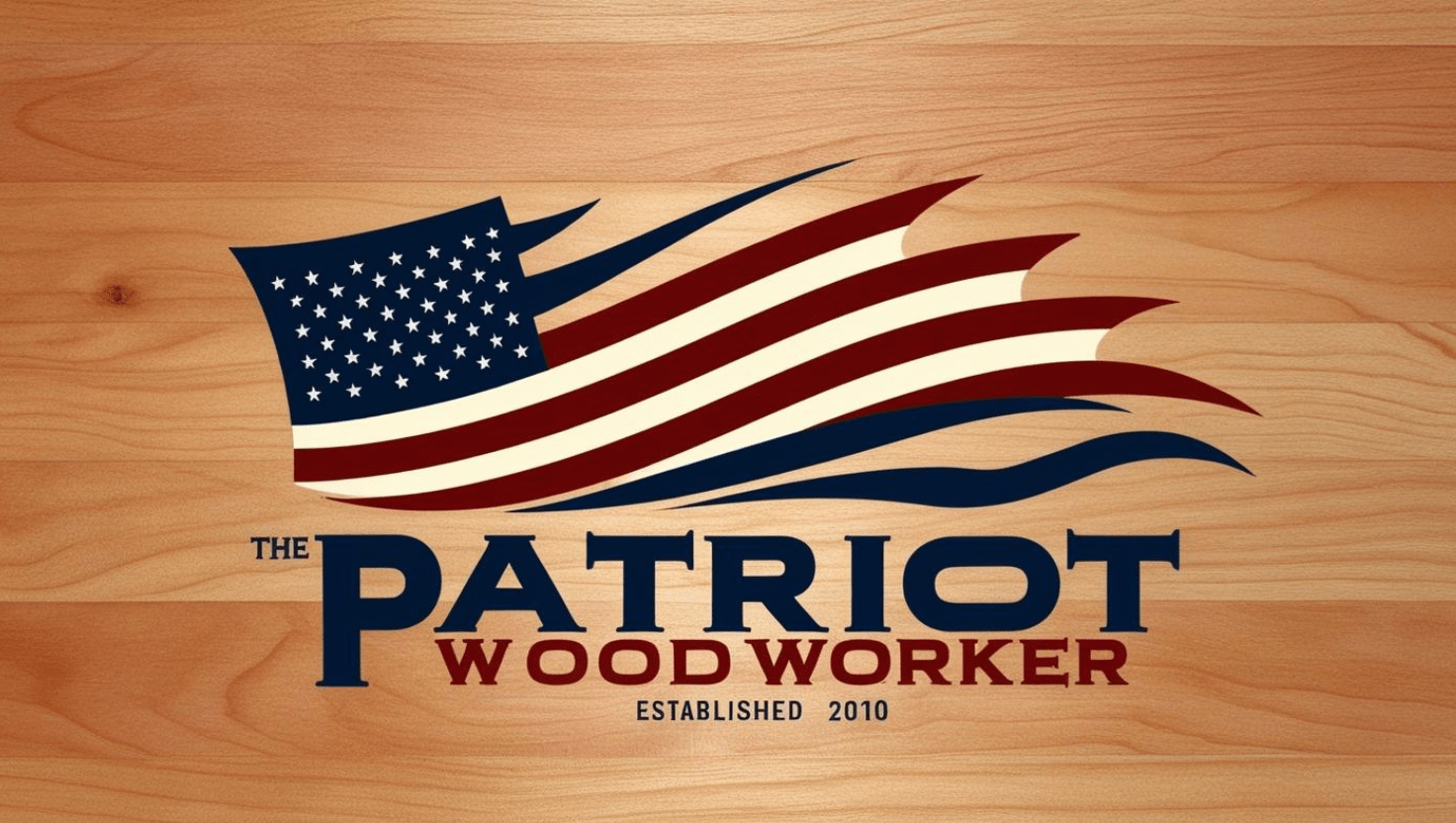
There are three methods used in producing lumber from logs so as to obtain economical utilization or develop the beautiful grains and figures found in the various kinds of trees, namely:
(a) Plain-sawed - When the log is sawed lengthwise and tangent to the annual growth rings or at right angles to the medullary rays the cut is called "plain-sawed" lumber in hardwoods and "flat-grain" or "slash-grain" lumber in softwoods. This is the most economical manner of producing lumber with the least waste. Also in many trees such as ash, chestnut, elm, and most softwoods ( conifers) the plain-sawed method shows the best grain and figure in the wood.
(b) Quarter-sawed - When the log is sawed parallel to the radius or rays, across the rings from the bark to the center, the cut is called "quarter-sawed" in hardwoods and "edge-grain," "vertical-grain" or "rift-sawed" lumber in softwoods. Some species have very prominent medullary rays which accounts for the beautiful figure shown in such quarter-sawed woods as oak, maple, and sycamore.

( c) Veneers - Veneers are produced in four ways, namely:
Rotary Veneer - When the log is rotated against the edge of a sharp knife which pares off a thin continuous ribbon or strip the full width of the veneer log or bolt.
- Sliced Veneer - When the log is sliced by being moved lengthwise against a large knife.
- Sawed Veneer - When the log is sawed lengthwise in thin slabs, this usually being done with fine toothed saws.
- Cone Cut - When the veneer is shaved from the end of a cylindrical bolt of wood similar to the manner in which a pencil is sharpened.
Sawed or sliced veneers may be cut from a veneer log in any direction. Sawed veneer may be cut so as to obtain a "sliver grain" or "quartered sawed" figure. In rotary veneer the growth-ring figure of the log is continuous and extends through the log so that as a thin slice is taken off, the pattern is the same, and one piece can be switched with another cut from the same veneer bolt. Usually the entire volume from a veneer bolt is sold commercially as a unit because no two logs have the same figure. Veneers usually range in thickness from 1/28 to 3/16 inch thick. Some veneers, however, are cut paper thin.
Bibliography
Shelley E. Schoonover (American Woods) 1951 (Watling & Co. ) Santa Monica, CA

.thumb.jpg.573d1497d0675219908c85aabefd797a.jpg)
Recommended Comments
There are no comments to display.
Join the conversation
You can post now and register later. If you have an account, sign in now to post with your account.
Note: Your post will require moderator approval before it will be visible.